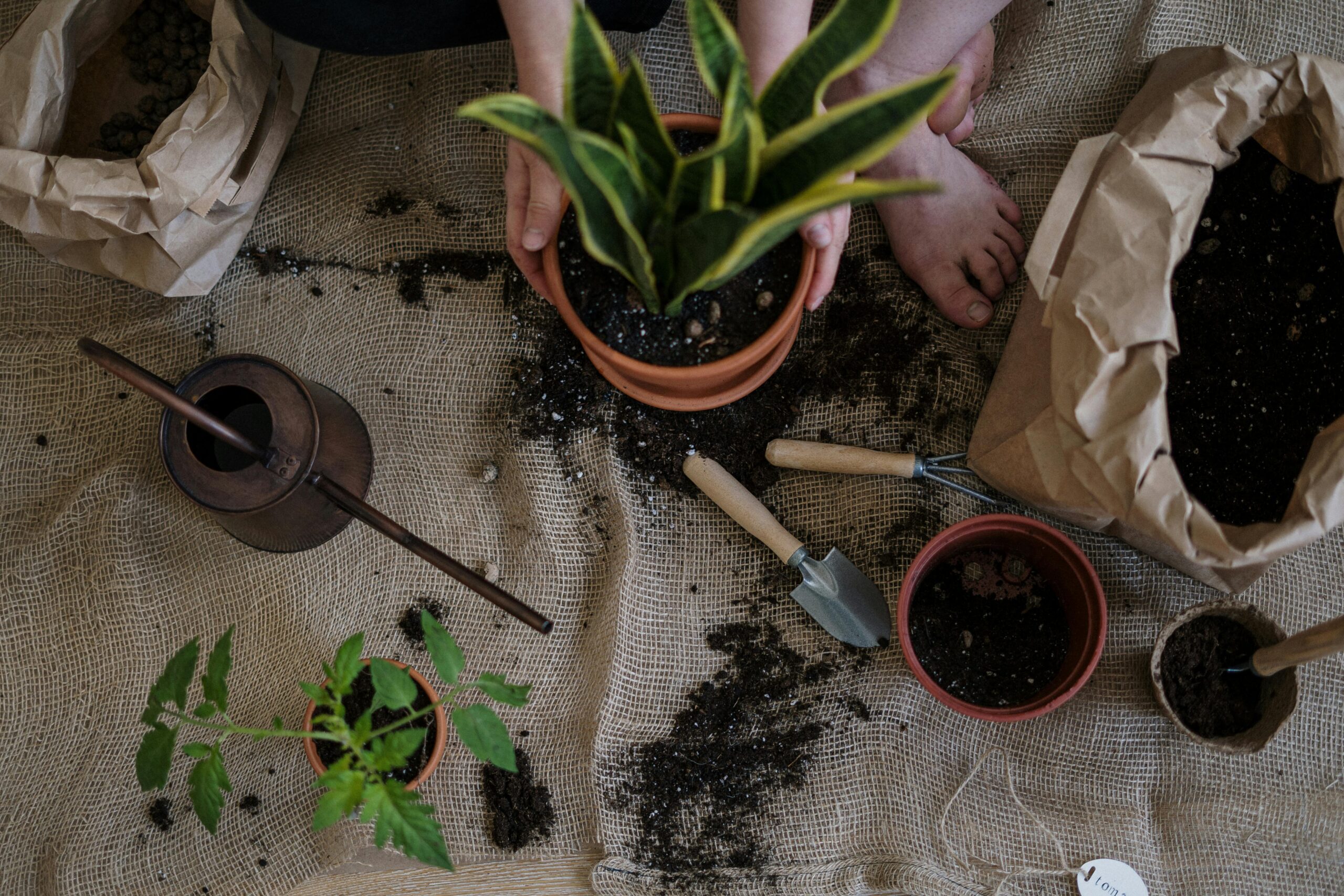Imagine stepping outside your door and picking crisp lettuce in spring, plump tomatoes in summer, or colorful root vegetables in fall, all grown by your own hands. Seasonal gardening makes this possible and more. For beginners, gardening can seem like a maze of confusing zones, mysterious planting schedules, and conflicting advice. But here’s the good news: you don’t need a green thumb to grow a thriving garden—you just need to understand the rhythm of the seasons. This ultimate guide breaks down seasonal gardening into digestible, practical steps. Whether you’re starting with a few pots on your balcony or prepping raised beds in your backyard, you’ll learn what to plant and when, how to adapt to your local climate, and simple tips to keep your garden producing year-round. Let’s dig in!
1. Know Your Growing Zone and Frost Dates
Before planting anything, understanding your USDA Hardiness Zone is essential. These zones are based on the average annual minimum winter temperature and help determine what plants will survive in your area. For instance, Zone 5 experiences harsh winters, while Zone 10 enjoys a mild climate year-round. Equally important are your first and last frost dates. These indicate the general window for planting in spring and harvesting in fall. Many gardening failures stem from ignoring this simple but vital information. You can find your zone and frost dates using tools like the USDA Plant Hardiness Map.
Expert tip: “Successful gardening is 80% planning and 20% planting,” says horticulturist Ellen Zachos. “Know your zone, and the rest falls into place.”
2. Seasonal Planting: What to Grow and When
Each season offers unique opportunities. Rather than planting everything at once, seasonal gardening aligns your efforts with nature’s calendar. Here’s a breakdown:
– Spring: Kickstart with Cool-Season Crops
Spring is the season of new beginnings. Once the ground is workable and frost risk has passed, plant hardy vegetables like spinach, peas, lettuce, and radishes. These crops thrive in cooler soil and shorter daylight hours.
Example: In Zone 6, you can sow lettuce as early as March.
Pro tip: Use row covers to protect seedlings from sudden cold snaps.
-Summer: Sun-Lovers and Maintenance Mode
Summer is peak production season. Warm-weather crops like tomatoes, peppers, squash, beans, and cucumbers love full sun and rich soil. By now, your garden will need regular watering and pest control.
Actionable tip: Mulch heavily to retain soil moisture and suppress weeds.
Case study: Urban gardeners in Phoenix often grow eggplants and okra, which tolerate intense summer heat.
-Fall: Extend Your Harvest
As temperatures cool, it’s time for a second wave of cool-season crops. Many root vegetables—like carrots, beets, and turnips—sweeten after a light frost.
Plan ahead: Start seedlings indoors in late summer and transplant them once daytime temps drop below 75°F.
Stat: According to a 2022 study by the National Gardening Association, 43% of gardeners extend their season into fall to reduce grocery costs.
-Winter: Rest, Reflect, and Prepare
While winter limits outdoor activity in colder regions, it’s an ideal time to plan. In milder zones (8-10), greens like kale, arugula, and even broccoli can grow through winter with protection.
Tip: Use cold frames or mini-greenhouses to harvest year-round.
Bonus idea: Start a compost bin to enrich your next season’s soil.
3. Soil, Sun, and Water: The Foundations of Growth
No matter the season, healthy plants need three things: nutrient-rich soil, sunlight, and consistent moisture.
-Soil: Test your soil with an at-home kit or local extension service. Most veggies prefer a pH of 6.0–7.0. Enrich poor soil with compost, aged manure, or organic matter.
-Sun: Place your garden in a location with at least 6–8 hours of direct sunlight daily.
-Water: Water deeply but less frequently to encourage strong roots. Early morning watering prevents mildew and evaporation.
-Anecdote: First-time gardener Alicia in Ohio was amazed when her tomatoes doubled in size just by adjusting her watering schedule from daily sprinkles to bi-weekly deep soaks.
4. Pest Control and Plant Health Throughout the Year
Each season brings its own garden challenges. In spring and summer, pests like aphids and caterpillars thrive, while damp fall weather can trigger fungal diseases.
Natural pest control: Use neem oil, insecticidal soap, or companion planting (like marigolds with tomatoes) to deter pests.
Healthy plants resist disease: Overcrowding, poor airflow, and overwatering are common culprits. Prune regularly and rotate crops annually to reduce disease risk.
Transition tip: As you switch seasons, clear out old plants and debris to minimize overwintering pests and diseases.
5. Easy Tools and Time-Saving Techniques
Gardening doesn’t have to be labor-intensive. A few smart tools and habits can save hours.
-Raised beds improve drainage and reduce weeds.
-Soaker hoses or drip irrigation systems automate watering.
-Plant journals help track successes and failures by season.
And don’t underestimate the power of batch planting: sow a few crops every couple of weeks for a continuous harvest rather than all at once.
Try this: Keep a laminated monthly to-do chart for your specific zone to stay organized.
Conclusion: Grow with the Seasons, Grow with Confidence
Seasonal gardening isn’t about doing more it’s about doing the right things at the right time. By understanding your zone, syncing with nature’s rhythm, and learning as you go, you’ll discover that gardening is less about perfection and more about the journey. Whether you’re sowing your first seeds or harvesting your hundredth tomato, remember this: Every season is a fresh start. So grab your gloves, follow the sun, and let your garden and confidence grow. Ready to plant the first seed? Start by learning your zone and choosing three crops to grow this season. Your garden awaits.



